
Visitation vs. Pollination: How Do You Know Who’s The Best Pollinator?
Our feature article this month comes from Manu Saunders, a community ecologist based at the University of New England, NSW.

Our feature article this month comes from Manu Saunders, a community ecologist based at the University of New England, NSW.

This issue heralds in a new management Committee for ANBA. Following our AGM earlier in November, we elected a team
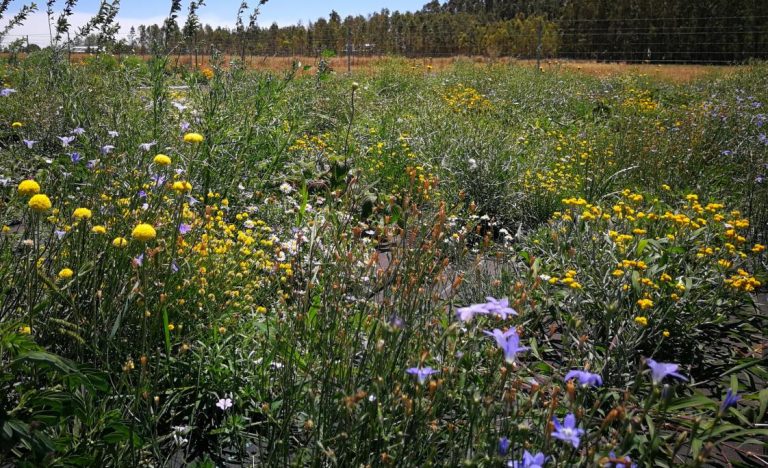
Native floral enhancement plantings provide native bees and other pollinators with a floral banquet year-round Lena undertook her PhD at

The number of threatened Australian native bee species is expected to increase by nearly five times after the devastating Black
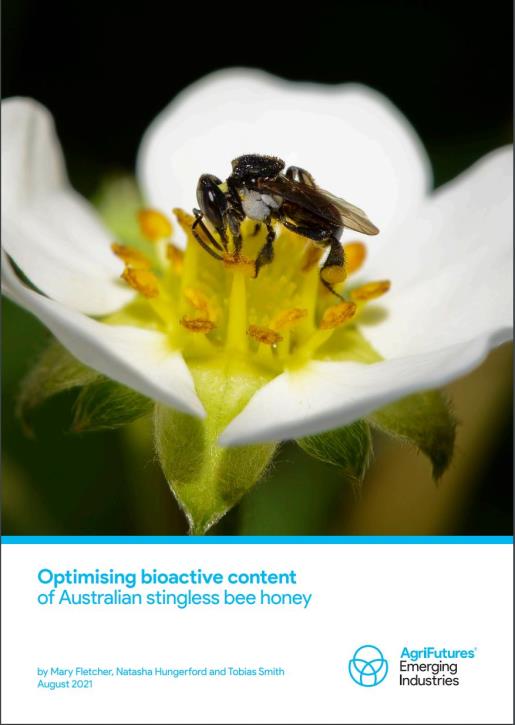
ANBA is delighted to be part of this game-changing research. We contributed funding and honey samples of different stingless bee
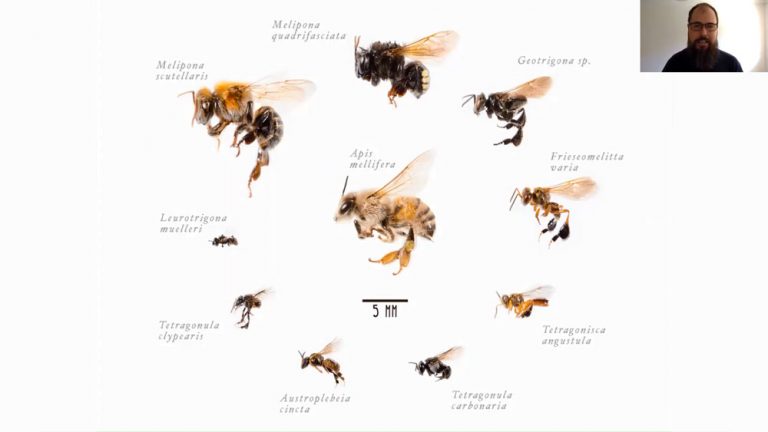
Australian Association of Animal Sciences Tobias Smith and Cristiano Menezes gave outstanding presentations in last week’s webinar. Both made an
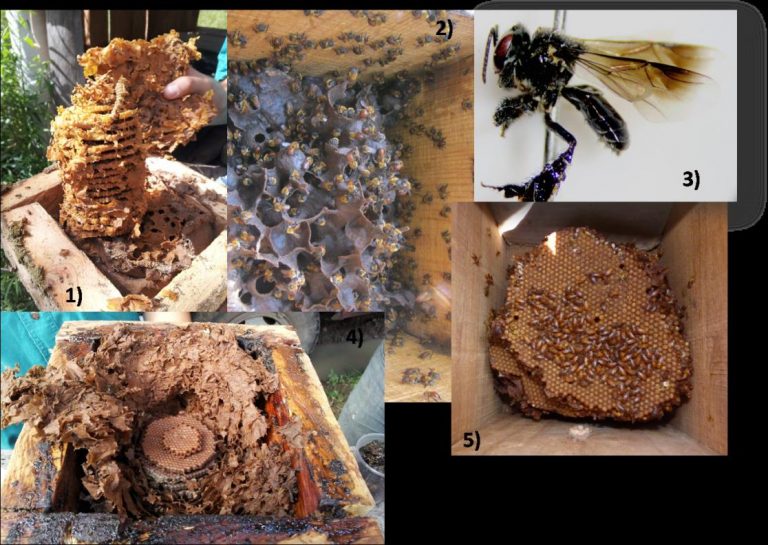
Researchers in Mexico argue that they must move away from extraction of colonies of stingless bees from the wild, towards
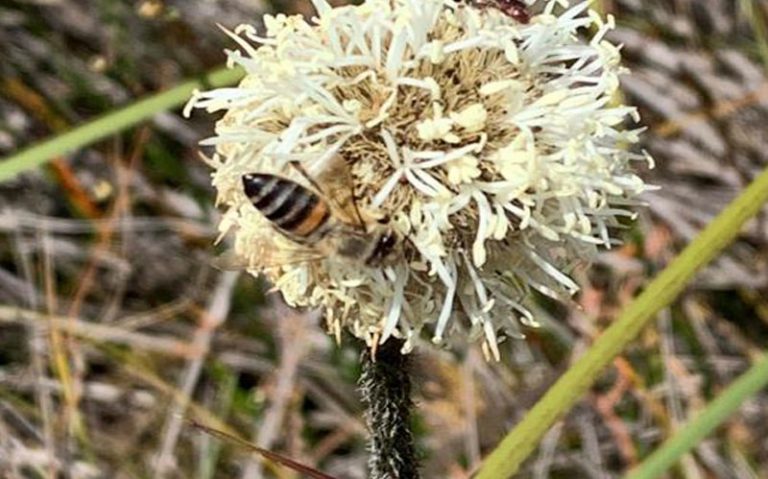
The European honeybee Apis mellifera is an introduced, invasive and abundant species in Australia. There are few places in urban
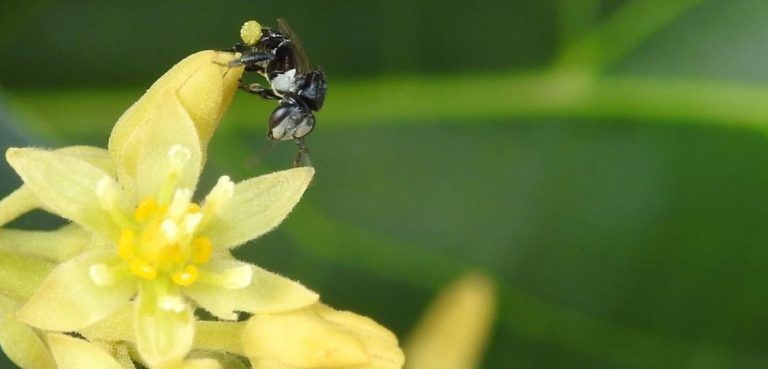
Bryony WillcoxUniversity of New EnglandCurrently: University of Reading, UK FEATURE ARTICLEGet a summary of years of field work on the
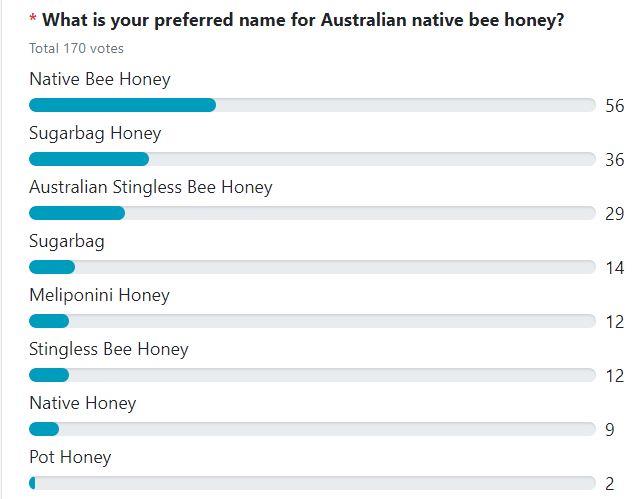
The Australian Native Bee Association surveyed its membership to determine the preferred name for Australian Native Stingless Bee Honey. A
Improving pollination outcomes for agriculture and the environment A team is preparing a bid for Cooperative Research Cen-tre (CRC) for
The Australian native bee industry has been identified by AgriFutures Australia as an emerging industry with high growth potential. ANBA
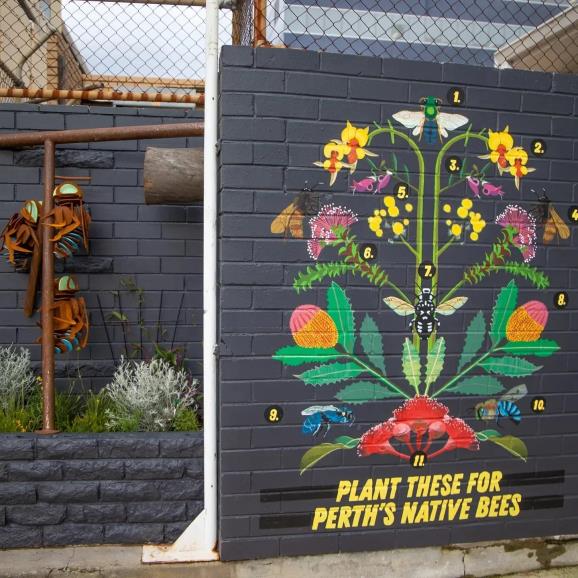
ANBA announces a new project, funded by Volkswagen Australia, to boost stingless bees on the fire-ravaged mid-north Coast of New
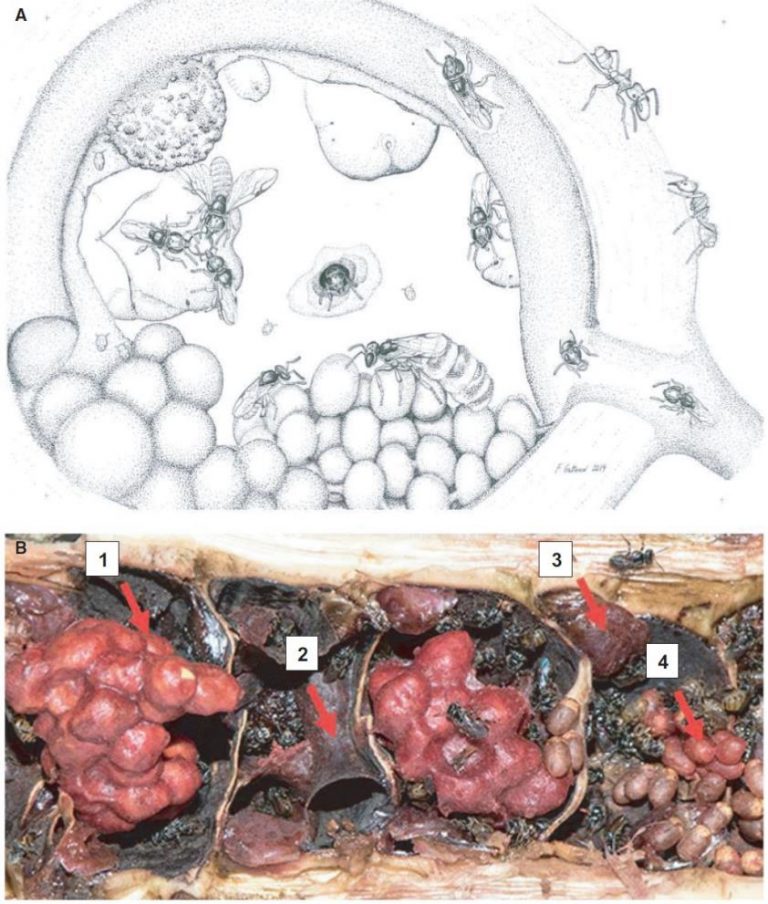
An interesting study has just been published by stingless bee extraordinaire, David Roubik. It’s on some of the smallest stingless
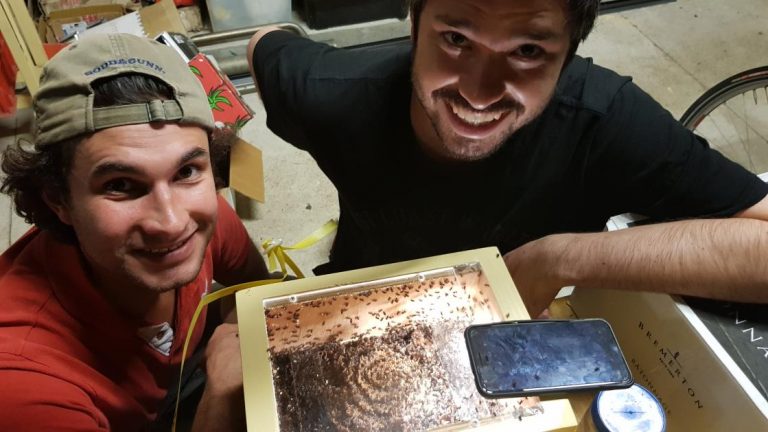
Francisco Garcia Bulle BuenoBehaviour and Genetics of Social Insects Laboratory,School of Life and Environmental Sciences, University of Sydney FEATURE ARTICLEEach